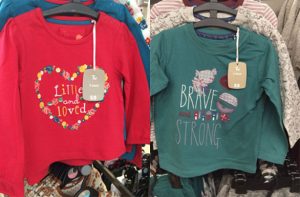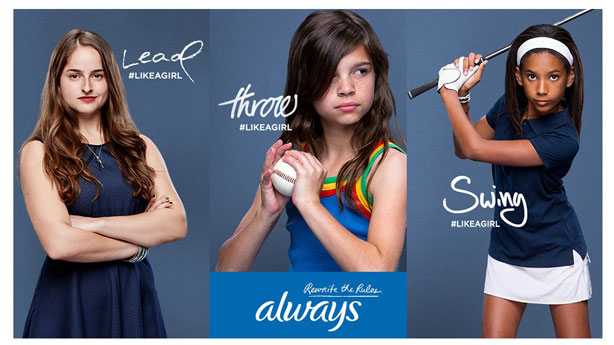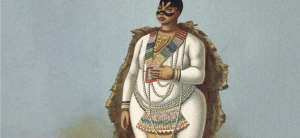
“Gender” by Benjamin Cudmore
Gender is how people perceive their sexual identity and is not necessarily determined by the biological difference of male or female. By walking through a convenience store, there are many different products that appear to look more feminine or masculine. When examining brands that produce shaving products, soaps, or other cosmetics, typically men’s are blue and women’s are pink. Similarly, brands also create names that try to get people to conform to gender norms. Without blatantly labeling a product as for a certain sex, some products for men sound more masculine like “Old Spice” or “Axe.” In contrast, products targeted for women might sound feminine like “Dove” or “Secret.” Nevertheless, if I am asked to choose between using a “Dove” product or one made by “Axe,” I am choosing “Dove” in a heart beat. Brands like “Dove” that create products for women are also trying to cater to men. One way this brand tries to get men to buy its product is by making deodorant that is essentially the same as the ones marketed for women, but with different packaging. By simply redecorating a product to make it available for the opposite sex, it leaves me with a burning question. Are brands like “Dove” taking a step towards not examining gender in a black and white lens, or are they encouraging conformity?




